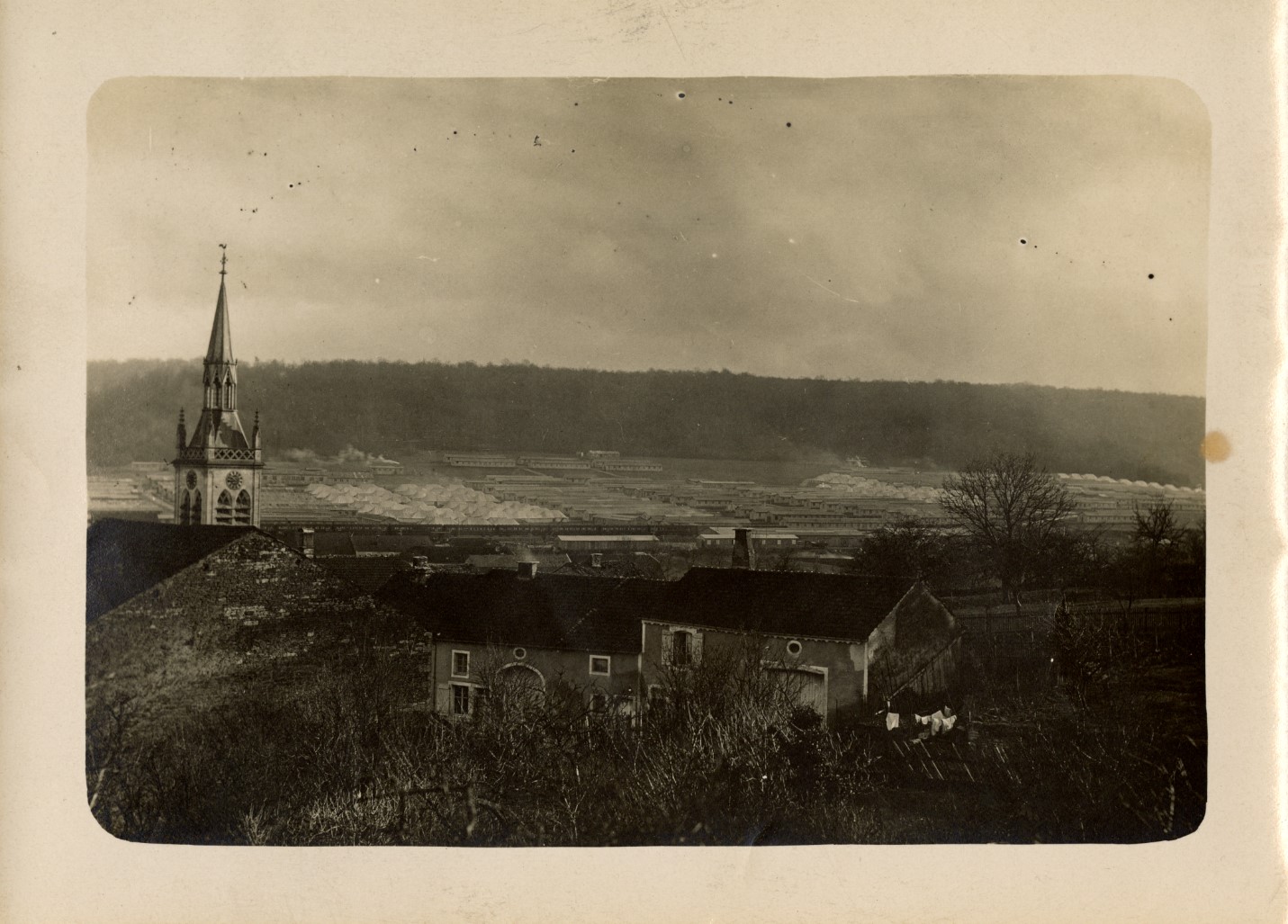November 11, 2018 marks the 100th anniversary of Armistice Day, the day World War I came to an end. In 1954 the United States renamed the holiday Veteran’s Day to honor and celebrate all those who have served in a branch of the United States Armed Forces.
World War I, known as “the war to end all wars, ” began on July 28, 1914. After the United States joined in the war effort in April 1917, the University of Maryland, Baltimore moved forward with the 1917-1918 session. Student numbers, according to an update in The Bulletin of the University of Maryland School of Medicine and College of Physicians and Surgeons, were a bit diminished as upper-class students had joined the military. Additionally, some professors and instructors were serving their country in the war. The biggest issue was staffing the hospitals associated with the University as nurses and doctors were called on to serve.
Soon after the United States joined World War I, Dr. Archibald C. Harrison, Professor of Anatomy and Clinical Surgery at the University of Maryland School of Medicine, began advocating for the formation of a University of Maryland Base Hospital. Base Hospitals were under the American Expeditionary Forces (AEF) to treat the wounded and sick from the battlefields in Europe. Dr. Harrison worked with medical faculty at the University to form Base Hospital No. 42 by June 1917.
The hospital was staffed by 100 nurses—30 were graduates from the University Hospital Training School for Nurses—35 officers and 200 enlisted men. Most members of Base Hospital No. 42 came from the University of Maryland or from elsewhere in Baltimore and Maryland. The unit received training at Camp Meade, Maryland before arriving in Bazoilles-sur-Meuse, France in July 1918. The Base Hospital joined five others to form the Bazoilles Hospital Center, which also included a Base Hospital from Johns Hopkins University (No. 18).
Mary Gavin, a graduate of the University Hospital Training School for Nurses in 1908, served as chief Nurse of Base Hospital No. 42. After the hospital was demobilized, she became Chief Nurse of Evacuation Hospital 21 until returning to the United States in June 1919. Remaining with the Army Nurse Corps, she was named First Lieutenant and promoted to Captain in 1940 and to Lieutenant Colonel in 1943. Gavin retired from service in 1944 and passed away on November 13, 1968.

Photograph of Bazoilles Hospital Center by Dr. John Carey Taylor, Photograph held in the HS/HSLs Historical Collections.
Base Hospital No. 42 treated 2,593 surgical and 4,559 medical cases from July 1918 to January 1919; most of which arrived between September and October 1918, the height of American Army operations. The hospital was closed on January 8, 1919. A third of the nursing personnel joined the AEF to serve in the replacement hospital, Evacuation Hospital No. 21. All members of the Base Hospital were demobilized on May 2, 1919 at Camp Meade, MD.
The University of Maryland was also a site for a Student Army Training Corps (S.A.T.C.), a WWI program aimed at keeping men in school, while also training them for military service. S.A.T.C.’s were formed at 525 different schools and were a way for schools to continue operations and support the War effort.
The University of Maryland, S.A.T.C. was formed by October 1918. Members of the unit trained before and after school, reporting to breakfast at 6:35am and drilling until 8:30am before breaking for school from 9am to 5pm. Additionally, three classes a week were aimed at teaching War and Military tactics. After 6pm, students again reported for drills; leaving very little time for actual study or school work. This program ended on December 14, 1918. Most of the class histories in the 1919 Terra Mariae Yearbook, hint at the distraction caused by the S.A.T.C.; indicating most students wanted to focus on their studies rather than war training.
Following the war in October 1919, then Librarian, Ruth Lee Briscoe, compiled a list of those who passed in the War or from complications of the war. The list numbered over 40 alumni, faculty, and students. The University of Maryland, Baltimore served its country well during World War I.
Interested in learning more about the University of Maryland, Baltimore during World War I? Contact Historical Librarian and Archivist, Tara Wink for more information. The Health Sciences and Human Services Library extends our thanks to Veterans on this 100th anniversary of Armistice Day and every day.

